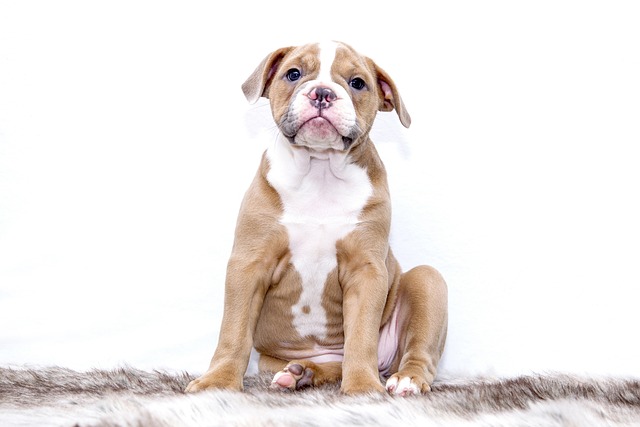
What is glaucoma in a dog?
You might notice your dog squinting more at mealtime or avoiding bright sunlight—these small changes could be early signs of a serious eye condition.
I stood in a park with my neighbor Mr. Carter last August, watching his 5-year-old Rottweiler, Zeus, stop mid-play—his tongue hung so low it nearly touched the grass, and his ears, usually perked up, lay flat against his head. “Is he just tired, or should I worry?” Mr. Carter asked, reaching down to pet Zeus’s back, which felt hot to the touch. If you’re a new U.S. dog owner, especially in sunny states like California or Texas, knowing the signs of heat stroke in a dog is non-negotiable. Heat stroke isn’t just “being overheated”—it’s a life-threatening emergency, and catching the early clues lets you act fast before it’s too late.
To understand why these signs matter, let’s break down how dogs regulate temperature: Unlike humans, who sweat all over, dogs only cool down through panting and their paw pads. When the air is hot (over 85°F) or humid, their bodies can’t release heat fast enough, and their temperature spikes above 104°F. At that point, organs like the brain and kidneys start to fail. Zeus’s vet later explained that Rottweilers—with their thick fur and large size—are more at risk because their bodies generate more heat and struggle to cool down. Mr. Carter had missed the first sign (fast, shallow panting) because he thought Zeus was just “excited to play,” but that panting was a warning.

Here’s how to spot the signs of heat stroke in a dog, step by step: First, watch for early red flags—these are easy to miss but critical. Rapid, heavy panting (faster than normal after exercise), bright red or purple gums, and excessive drooling (thicker than usual, like syrup) are the first clues. Zeus had been panting so hard his chest was heaving, but Mr. Carter didn’t notice until Zeus stopped moving. Second, look for mid-stage signs: wobbly legs (Zeus stumbled when he tried to walk), vomiting or diarrhea, and a hot body (when you touch their belly or back, it feels like a fever). Third, know the emergency signs—these mean you need a vet immediately: collapse, seizures, or unresponsiveness. Never wait for these to show up; act at the first early signs. Fourth, note breed risks: Flat-faced dogs (Pugs, Bulldogs), thick-coated breeds (Huskies, Rottweilers), and senior or overweight dogs overheat faster—keep a closer eye on them in hot weather.
For apartment living, never leave your dog near a window with direct sunlight (even with the AC off, temps can rise 20°F in an hour) and set up a cool spot with a fan and fresh water. When walking, go early morning or evening (when temps are below 80°F), avoid asphalt (it burns paw pads—test it with your hand; if it’s too hot for you, it’s too hot for them), and carry extra water for your pup. Always bring poop bags (cities like Miami fine $200 for leaving messes) and cut walks short if you see any heat signs. Never scold your dog for slowing down or lying down—they’re not being stubborn; they’re trying to cool off, and punishment violates U.S. animal welfare standards. Keep your dog’s rabies vaccine up to date (required nationwide)—vet visits are a great time to ask about heat safety tips for your breed.
Mr. Carter cooled Zeus down with cool towels and took him to the vet, and Zeus recovered fully. Now, Mr. Carter checks the temperature every morning before walks. Knowing the signs of heat stroke in a dog isn’t just about keeping your pup safe—it’s about being the advocate they rely on when the sun is high.

You might notice your dog squinting more at mealtime or avoiding bright sunlight—these small changes could be early signs of a serious eye condition.

Let’s set the scene: It’s a sweltering Phoenix afternoon—105°F outside—and you rushed your 2-year-old Lab mix, Cooper, on a quick walk to “get it over with.”

Let’s get real: You’re in your Miami apartment, watching your 3-year-old Corgi, Loki, struggle to climb the stairs to your second-floor unit.

Many dog owners brush off occasional scratching as just “dog behavior,” but persistent itching often signals something more—like a food allergy.

You might first notice your dog scratching more than usual—chewing at their paws until the fur looks thin, or rubbing their face against the couch nonstop.

Let’s be real: You’re standing in your Chicago apartment, watching your 3-year-old Beagle, Max, huff and puff just to climb onto the couch.